Contact: ecc11-org (at) nonlineaire.univ-lille1.fr

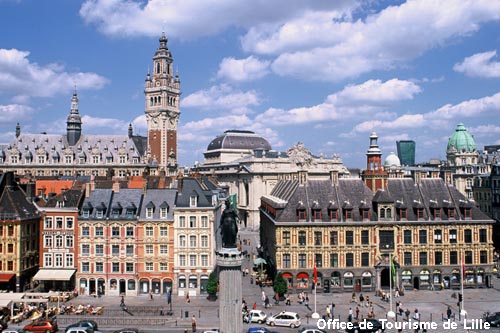
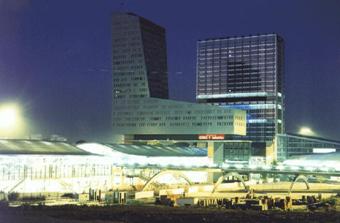
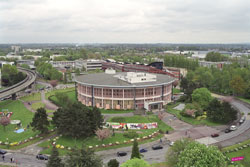
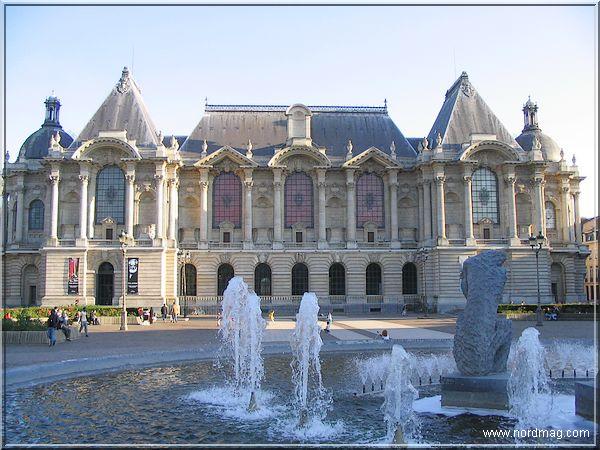

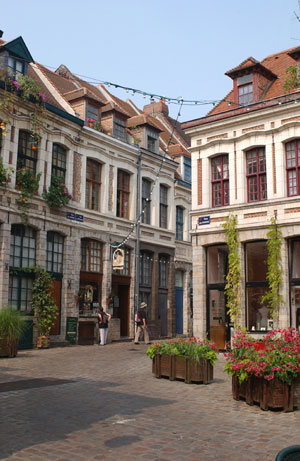
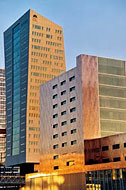
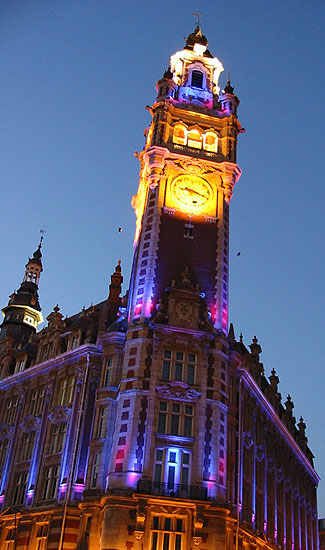
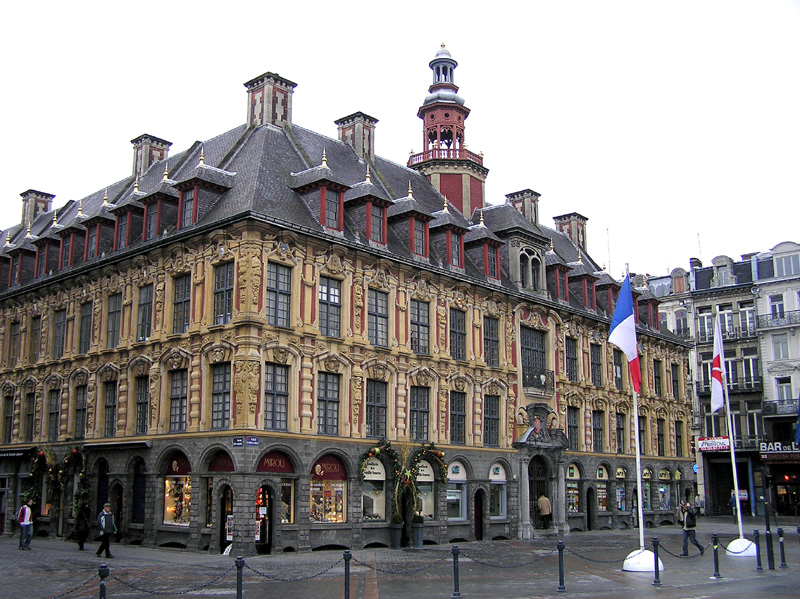
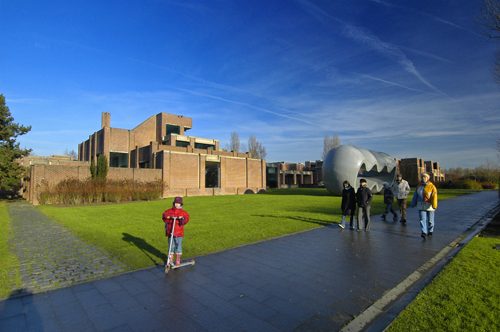

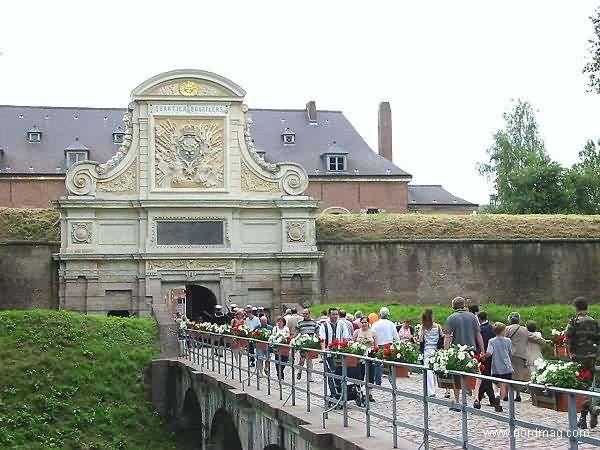
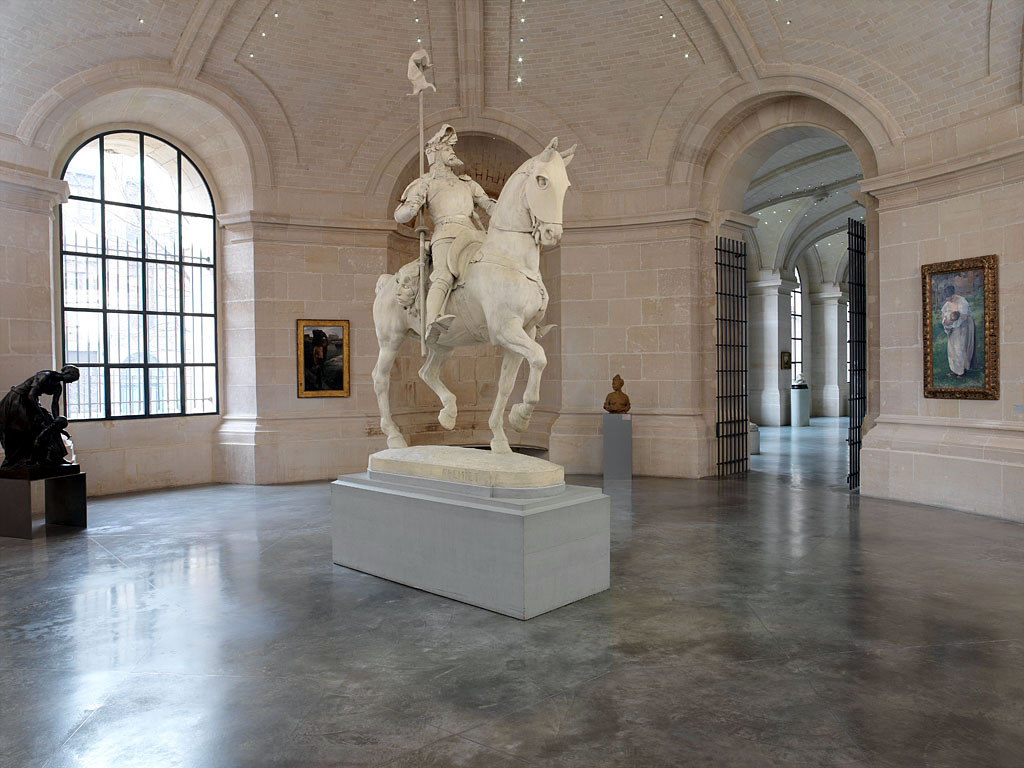
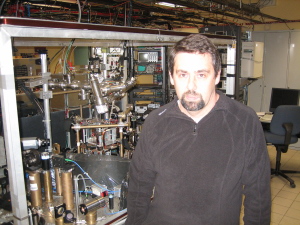
Jean-Claude GARREAU
Laboratoire de Physique des Lasers, Atomes, Molécules, Université Lille 1 - Sciences et Technologies, France
http://www.phlam.univ-lille1.fr/atfr/cq
My main subject is the quantum dynamics of laser-cooled atoms in
optical potentials. Recently, we have exploited an analogy between this system
and the Anderson model to observe and characterize the elusive Anderson
transition.
Quantum simulators: studying the Anderson model with a quantum-chaotic system
Using a simple model taking into account the effect of disorder in the dynamics of electrons in a crystal, Anderson predicted in 1958 the existence of a quantum phase transition between a metal (diffusive) phase and an insulator (quantum-localized) phase, when the disorder level increases. Despite the wide interest generated by this model, few experimental studies have been possible so far, mainly because decoherence sources are difficult to control in a real crystal. Moreover, probability distributions for the electrons inside the crystal are not accessible experimentally, which limits the measurements to "bulk quantities" like conductivity or dielectric constant. This situation completely changed with the advent of atom cooling and trapping in optical potentials. In such systems, decoherence can be controlled to a large extent, and probability distributions can be directly measured in real or in momentum space. We thus realized a quantum-chaotic system simply by placing laser-cooled atoms in a pulsed standing wave. In adequate conditions, such a system can be proved to be equivalent to the Anderson model, with the underlying classically-chaotic dynamics playing the role of the disorder. This allowed us to observe the Anderson phase-transition in very good conditions, to deduce its critical exponent, and to study the shape of the critical wavefunctions, which are found to perfectly obey the scaling properties characteristic of the phase transition.